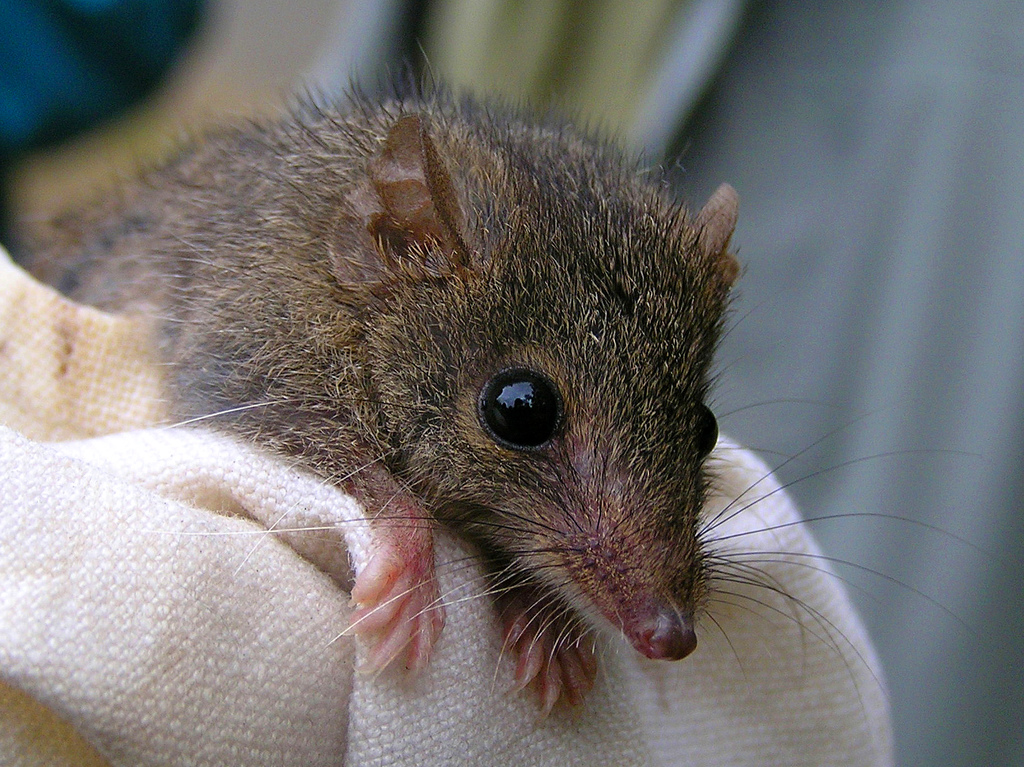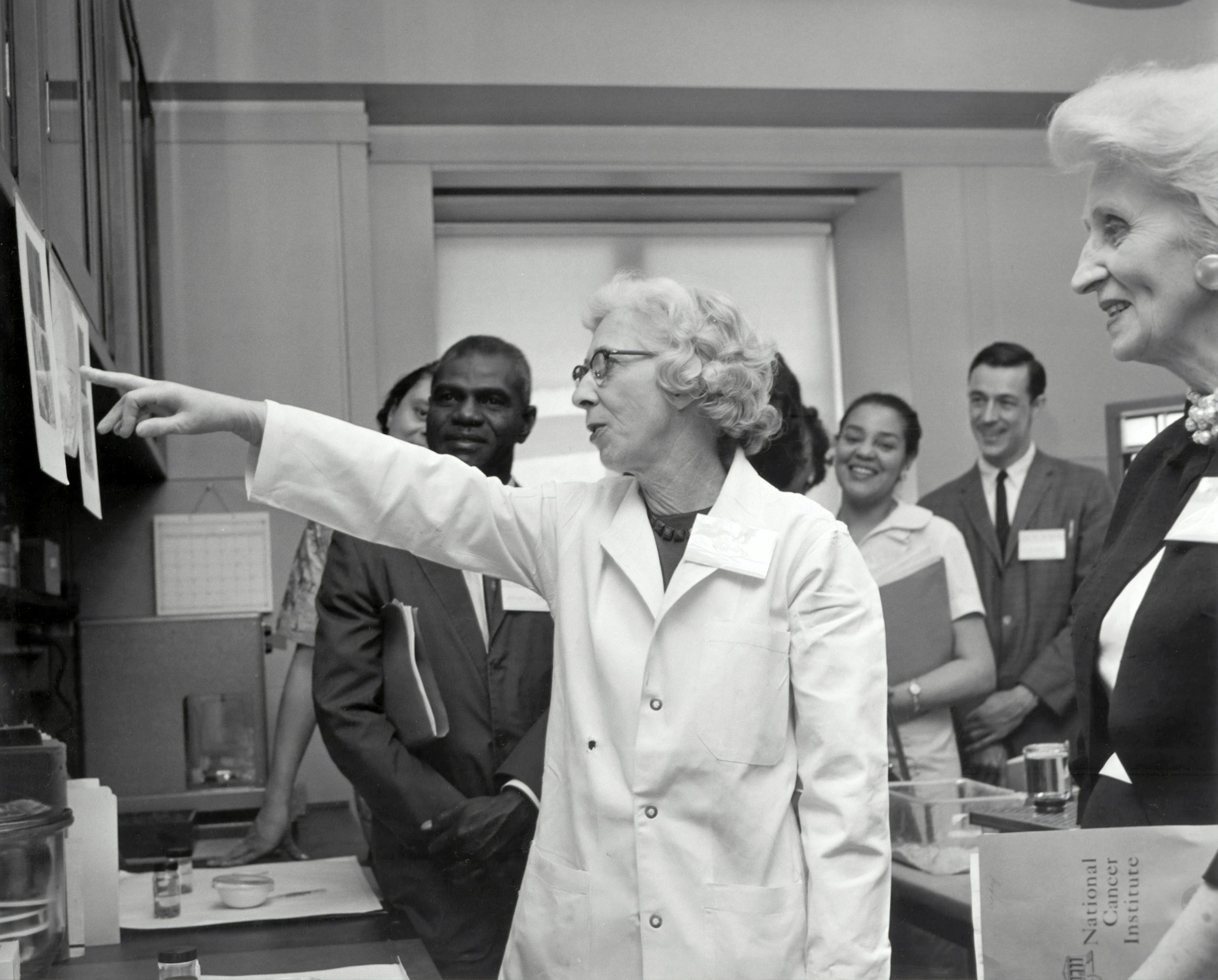It’s Valentine’s day this week, and if you’ve had enough of flowers, cards and chocolates, you might want to take a peek into the romantic machinations of the animal kingdom – just to see how they’re getting on.
We know that birds show a huge amount of sexual selection, with males producing some of the most diverse and beautiful courtship displays on Earth. But superb birds of paradise are an extreme case. Males massively outnumber females in their rainforest home, producing intense competition, stepped-up selection pressures and, of course, really weird results. After attracting a female with a loud call, the male snaps forward a black “cape” of feathers and a turquoise shield on his breast, completely obscuring his head in a dark fan of feathers. He can also snap his tail feathers together so hard that a loud snap can be heard while he dances around a potential mate. Males can spend hours of each day dancing for different females, which ultimately reject about 15-20 of them before choosing to mate.
However, turning oneself into a glorified carnival mask does not represent the limit of what some guys will do to pass on their genes in the animal kingdom. The antechinus, for example, is a small, Australian marsupial. Breeding season is only a two week blip in early spring, but this is more than enough time for most males to breed with every female in his local. The only hangup is that he can achieve this only by entering a sort of hormone-fuelled mania in which he barely eats, drinks or sleeps for days at a time, and small mammals just aren’t built to survive that kind of stress. Instead, pretty much every male will die of exhaustion at the end of the breeding season. This is good news for the offspring, which now won’t have to compete with Dad for resources like food, and the whole cycle repeats itself the following year.
But, not every animal has such extreme behaviours. Atlantic Puffins, native to the British Isles as well as Iceland and Greenland, return from the sea every year to breed. When they land, they seek out the same mate that they have nested with for as long as twenty-five years, and acquaint themselves by touching beaks in a sort of Eskimo kiss. They then work together to build a nest, and take turns incubating and feeding a single egg which will hatch and return to the same coast the following year to find its own partner.
So it seems like we’re not the only ones to have bizarre rituals when it comes to pairing up. In any case, if you’re not a fan of the holiday, it’s at least a nice excuse to appreciate some weird and wonderful aspects of the natural world.





